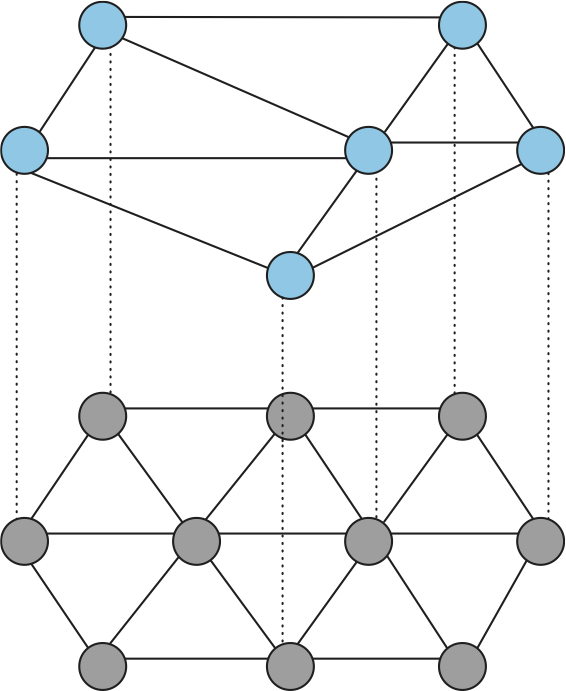If you ever bump into a Network Design book, course, blog or a webinar - most likely you are going to get introduced to this interesting & an important concept of " Network Hierarchy aka Hierarchical Networks Design Principle ".
Now depending upon which study materials and authors you follow, you would likely to come across different view points in terms of it's needs, pros & cons. Which in general not only contributes into more confusion among audience but also when I speak around with experiences Network Architects & Design Engineers, I often find them:
1. Having different interpretations of this concept and different view points
2. Considering this to be a very theoretical concept which you are likely to encounter in most Architecture & Design books but don't know about:
A. How to practice it (By applying theory to practice)
B. How to measure it
C. Missing the deep understanding of the topic at hand beside failing to understand its tradeoffs
So Idea behind this post is to offer you some architectural decision pointers to think through the problem statement and break it down into few tangible pieces by following another important network design principle " Separate the Complexity from the Complexity - Russ White " beside examining the rule 8 from RFC-1925
One of the model I personally always find handy is the SOS model from Russ White and you can use it too as a good ref. point.
So here is the quick list for you to think through in a more pragmatic manner:
1. What problems are you really trying to solve by introducing hierarchy into the Network (Go beyond theory) ?
2. Is it always possible to follow hierarchy? Specially in brown fields or during transitions (Think of old gear with still some lifetime left, mergers )
3. What are the downsides of introducing hierarchy ? (What harm it can cause and tradeoffs such us downgrade Agility, Flexibility, Organic Growth etc.)
4. Difference between Hierarchy vs. Symmetry vs. Modularity vs. Abstractions
5. Different types of hierarchy/ layered approach to it ( physical level hierarchy, logical level hierarchy, hierarchy in addressing scheme, Protocol Level Hierarchy (ISIS Levels & Addressing ?) and so forth)
6. What data points you have in place to test your hypothesis to measure its impact on network
7. How these concepts are applied to different network environments - Enterprises (Campus <Wired and Wireless>, WAN/SDWAN, DC) vs Teclos vs CDNs vs Cloud Providers vs Web Scales vs Within public cloud virtual DC + Controller vs. Controller Less Architectures
8. Impact of introducing hierarchy on Visibility, Reporting and Performance mgmt. of the network
9. Impact on hierarchy on information hiding <reachability information> vs. topological information hiding (Aggregation vs. Summarization)
10. How all these choices will flow into your equipment sizing and potentially have an impact on your decision process
11. How will you apply all these concepts in a IPv10 network (IPv4 + IPv6 aka Dual Stack)
12. And if you are still brave enough :) , read through the further readings list to get to the bottom of this rat hole
Further Readings:
P-FatTree: A Multi-channel Datacenter Network Topology
Enabling Wide-spread Communications on Optical Fabric with MegaSwitch
Abstraction in Networks with Russ White
Hierarchical Network Design Overview
Engineer Versus Complexity
Optimal Routing Design
Navigating Network Complexity
Network Topologies
Five Number Summary for Network Topologies
Scaling MPLS Networks
The Side Effects Of Route Summarization
Avoid Summarization in Leaf-and-Spine Fabrics
Valley-Free Routing
Intra-Spine Links in Leaf-and-Spine Fabrics
Nonblocking versus Noncontending
Hierarchical IP Address Design and Summarization
Hierarchical IPv4 Framework
Fabric versus Network: What’s the Difference?
Liskov Substitution and Modularity in Network Design
Dragonfly+: Low Cost Topology for Scaling Datacenters
Reliability Basics- Part1
Network Centrality and Robustness
Swimlanes, Read-Write Transactions and Session State
Fifty Shades of High Availability
HTH...
A Network Artist 🎨
















